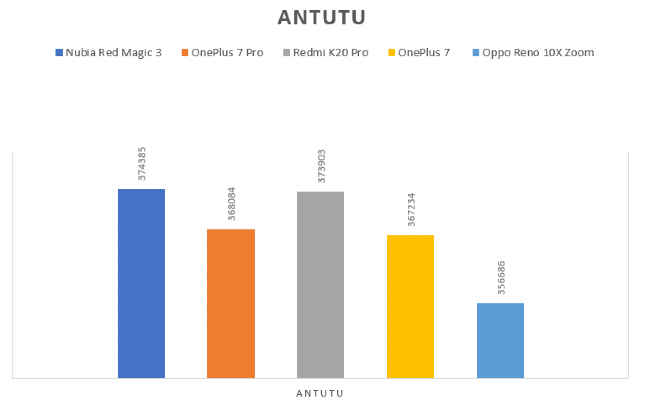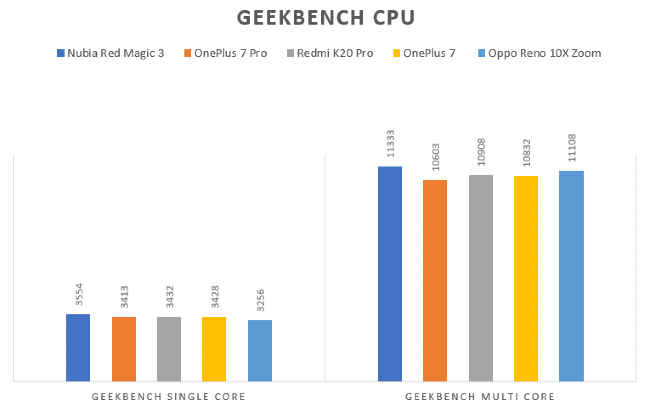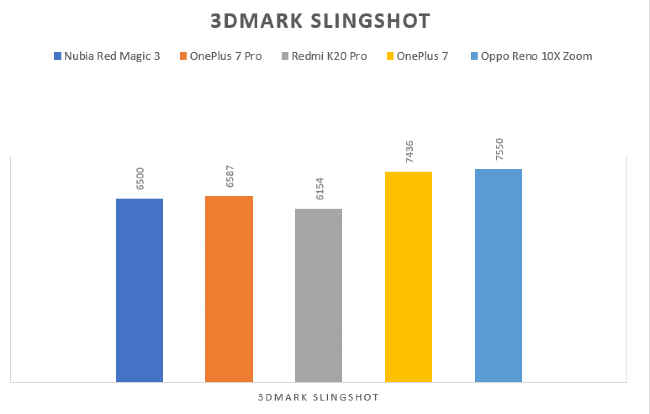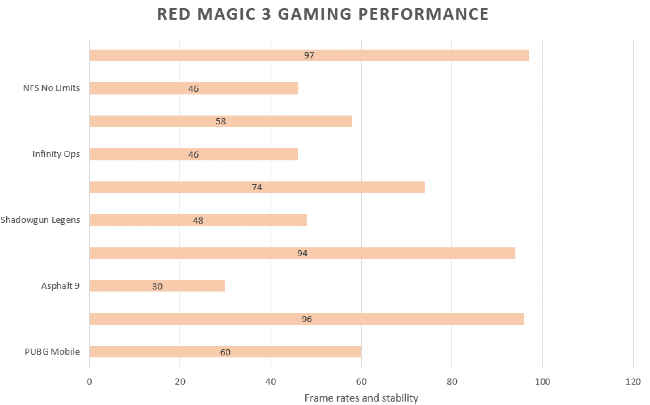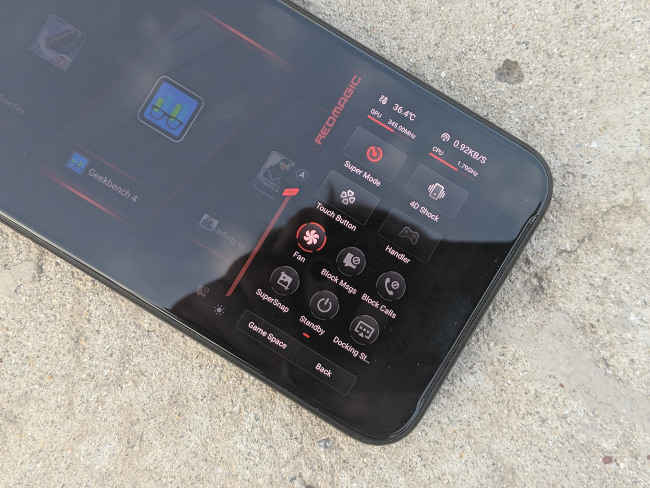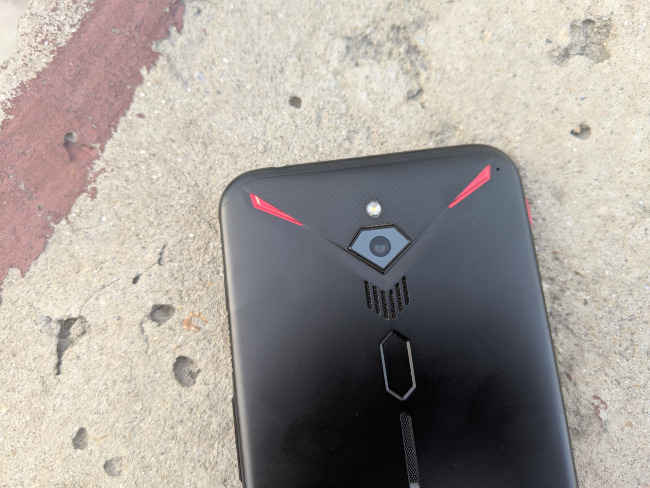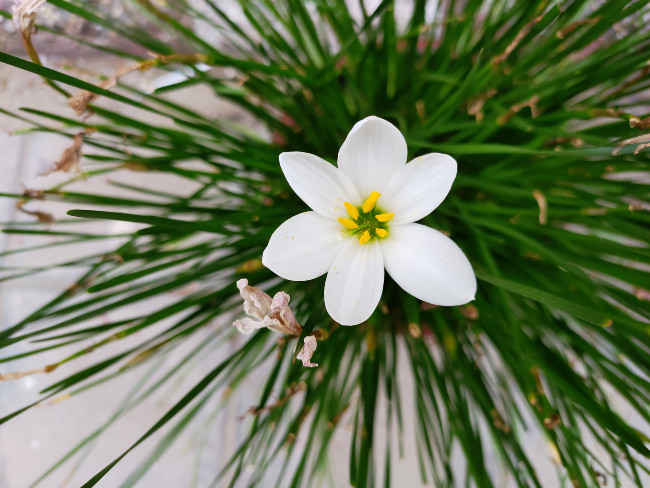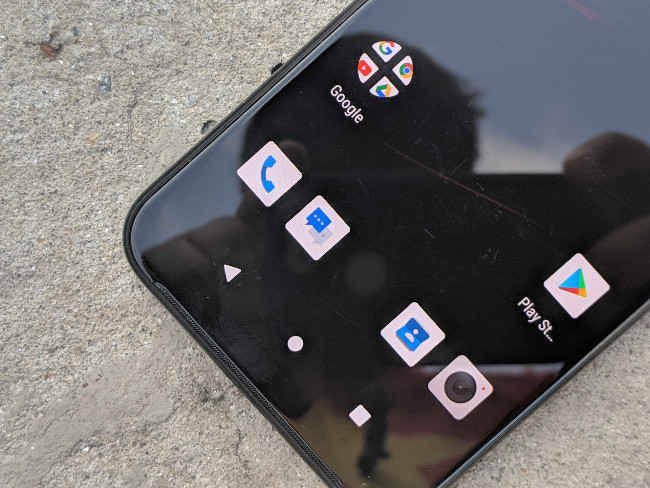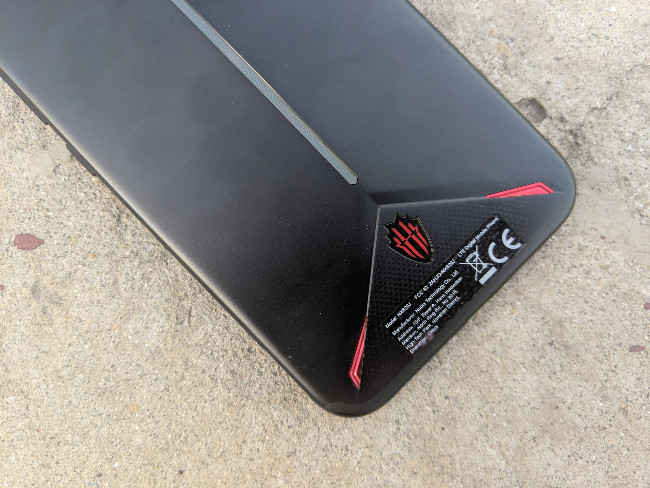Nubia Red Magic 3 Review : Misses the mark
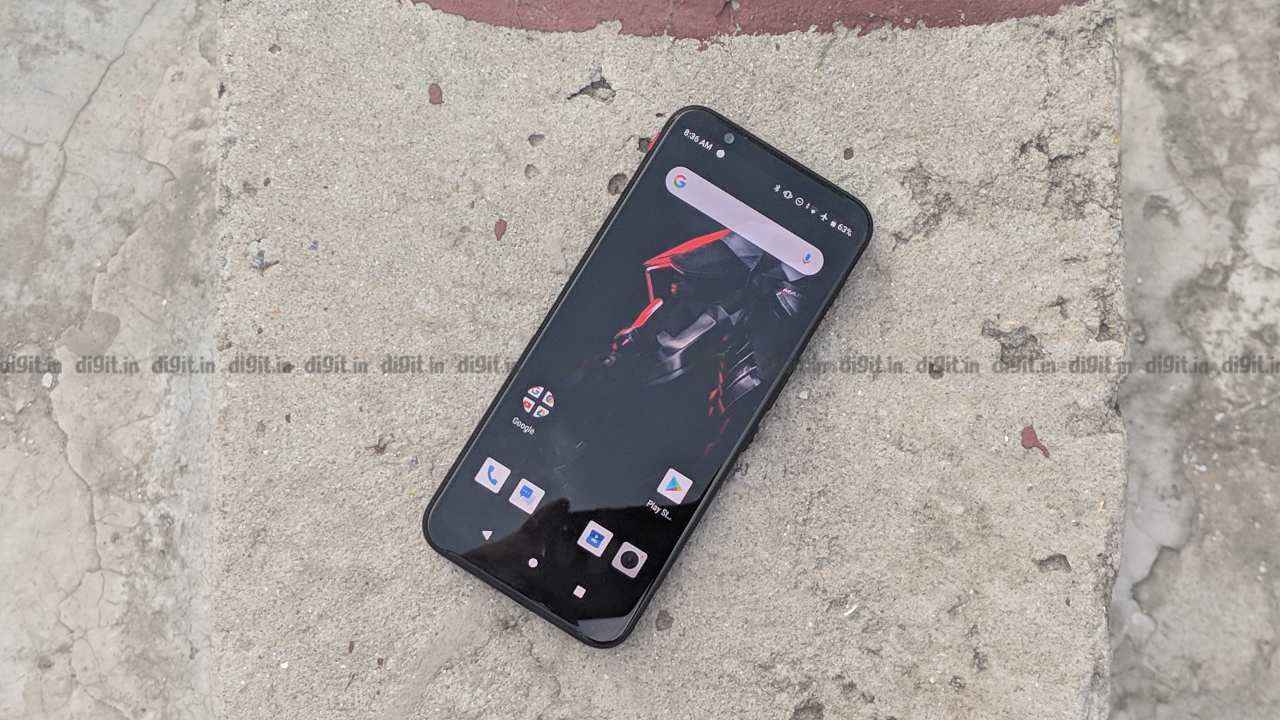
The Nubia Red Magic 3 packs a lot of features for a gaming phone, and it’s also the most affordable Snapdragon 855-powered gaming unit in the market right now. Everything from a high refresh-rate display to the ability to tweak CPU and GPU speeds to a literal fan inside the body and RGB lights, this is essentially what we expect from gaming smartphones these days. But it would’ve been all the more better if the performance also matched the feature list. Unfortunately, the phone doesn’t come across as well-optimised to utilise the sustained high-performance while gaming, as indicated by the frame rates most games delivered. There’s work to do and Nubia could just as well finish the job via a software update.
Mobile gaming has become a phenomenon of sorts in India. Riding on the back of games like PUBG Mobile, consumers in India are demanding smartphones that can handle heavier games. But, does that clear the ground for dedicated gaming phones? Case in point is the new Nubia Red Magic 3. It looks every bit the device that exudes gaming mojo and is packed with cutting-edge hardware to maximise its gaming capabilities. There are a lot of features that help enhance the gaming experience. But it’s unlikely that you would buy a smartphone just for gaming. It also needs to do other necessary things like taking photos, making calls and browsing the web. So, how does the Red Magic 3 fare in these aspects? Let’s find out.
Nubia Red Magic 3 vs the competition:
The Nubia Red Magic 3 pits itself against the Black Shark 2 and the OnePlus 7 Pro, both of which come with souped-up gaming capabilities. The feature set is right up there with the other two, and in some cases, surpasses the Black Shark 2 and the OnePlus 7 Pro. However, the performance of the phone isn’t all that good as compared to the Black Shark 2 and the OnePlus 7 Pro, especially while gaming. Right when it counts, the Red Magic 3 is unable to match up to the frame rates delivered by the Black Shark 2 and the OnePlus 7 Pro on games like Shadowgun Legends, NFS No Limits and Infinity Ops.
Performance
The Red Magic 3 was touted to be the fastest smartphone in the world based on the AnTuTu scores. It has the Snapdragon 855 under the hood, coupled with 8GB LPDDR4X RAM and 128GB UFS 2.1 storage in the unit we received for review. There’s literally a fan inside the phone, placed on top of the SoC to draw heat away and expel it out through a vent on the right edge. The fan can kick in automatically when needed, or you can choose to keep it on all the time. It does make a whirring noise when it spins, but unless you press your ear against the vent, you won’t hear it. There’s also a 12GB RAM variant with 256GB storage which is more expensive. As such, the 8GB RAM variant of the Red Magic 3 is the most affordable flagship gaming phone you can buy right now. Where does it stand in comparison to other flagships? These are the scores
The scores are in line with the claims of Nubia. AnTuTu and Geekbench scores are indeed the highest we have clocked on an Android phone so far, however the 3DMark Slingshot scores are beaten by most of its competitors. It should be noted that we ran the benchmarks in the regular setting and not in the game boost mode, which could have resulted in higher scores. Nevertheless, the scores are pretty impressive, but the real question is, how does it all convert to real world use?
Gaming
The Red Magic 3 is built for extended periods of gaming. And so we did exactly that! We played PUBG Mobile, Asphalt 9 and few more games and clocked the performance on Gamebench. Here are the stats —
Measured with Gamebench, the data shows that despite touting superior hardware, the Red Magic 3 somehow isn’t able to achieve peak frame rates in all the games. In certain games like Infinity Ops and NFS No Limits, the frame rate stability is at a low 74 and 58 percent respectively, indicating that even though it manages to hit 46 FPS in both cases, it can’t maintain it long enough. Mind you, we have clocked 60 FPS on both these games using the Black Shark 2. Performance while playing PUBG Mobile is the best. This phone is clearly cut out for maxing out the capabilities of the game with a registered 60 FPS at an impressive 96 percent stability.
Interestingly, there seemed to be no significant difference when the CPU and GPU clocks are maxed out and the fan is kept running. We played PUBG Mobile on both Auto mode and Super Turbo mode and in both cases, we clocked 60 FPS with the same frame rate stability.
What did give me an advantage while gaming are the pressure-sensitive triggers on the shoulders of the phone. It did take some time to get used to it, but you can essentially get a four-finger grip while playing. It definitely makes it easier to play FPS games where one trigger can be used for shooting and the other to open the scope.
Software
The Red Magic 3 runs on stock Android 9 Pie with the Red Magic theme on top. To be honest, I didn’t like the icon designs all that much. They are clunky and feel outdated. But stock Android 9 is apparent when you pull up the app drawer or bring down the notification shade. The UI is smooth, swift and takes full advantage of the 90Hz display. There’s also a dedicated switch on the side. Slide it up and you enter the game mode where you can find all your installed games and some more settings options which includes pairing a game pad and a dock, and performance tweaking screen. We’re not too sure how regularly the phone will be updated though. It has an older security patch installed and Nubia hasn’t promised an update to Android Q when it eventually comes.
Camera
While most people buying the Red Magic 3 will focus primarily on gaming, the single 48MP camera on the back of this gaming phone is not bad at all. In fact, it left us mildly surprised. The camera hardware includes the 48MP sensor (vendor unknown) along with an f/1.7 lens without any sort of stabilisation whatsoever. The focus is far away from offering a versatile and flexible camera. There’s no hardware-based portrait mode, neither does it have a wide-angle lens, or a telephoto zoom lens. Instead, there is a software-based portrait mode and the single camera does one thing and does it pretty well.
Unlike most phones, the Red Magic 3 shoots at 48MP right out of the box. In fact, you have to fiddle around in the image resolution to switch to the 12MP which again is achieved using 4-in-1 pixel binning. The 48MP mode produces really sharp images even though the dynamic range takes a hit. Nearly all the photos I took with the phone were sharp with the details preserved even when you zoom in. The colours too look really aesthetic but it won’t take much time to realise that the Nubia is simply saturating the colours and adding more contrast to make it look better on a smaller display. The greens are a whole lot greener, buildings look more dramatic, and if you look closer, the over-processing is apparent. That’s how the details are preserved essentially.
The lack of stabilisation does mar the experience on an otherwise good camera though. The feed from the viewfinder shakes even when there’s a slight hand movement, but I missed OIS the most when shooting at night. At low light, with a dedicated night mode lacking, the images aren’t quite usable. They’re poorly exposed and noise creeps in despite shooting in the binned mode.
There are a few more modes as well that are quite fun to play around with. These are features we’d seen in older Nubia phones as well and features like multiple-exposure lets you play around with these options.
The 16MP front camera is also decent, although the beauty filters tend to overdo the skin smoothening thing. Selfies are bright and if you slide the slider to the left, the details also start showing.
Display and battery
The Red Magic 3’s display is yet another reason to call it a gaming phone. The AMOLED display stretches to a massive size of 6.65-inches and is HDR+ rated. It also has a refresh rate of 90Hz, same as the OnePlus 7 Pro, but at a much lesser cost. Having said that, the display quality is nowhere close to the OnePlus 7 Pro. It has full HD resolution for one, and the colours don’t exactly pop-out of the display, like it does on the OnePlus 7 Pro. It’s more muted and less vivid, at least to the naked eye when held in comparison. The display also has a touch response of 240Hz, making it one of the most sensitive panels to be used on a phone. While playing games like PUBG Mobile and Infinity Ops, the faster response time does work as an advantage. But it also led to a lot of accidental touches resulting in uncalled for gunfire in the middle of the game. It would be great if Nubia can somehow allow us to control the touch sensitivity of the phone. The phone also has a haptic engine that works in games to give you vibration feedback for gunfire, explosions and more.
The Nubia Red Magic 3 also packs a massive 5,000mAh battery inside with 18W fast charging support. At the launch, Nubia claimed you can play PUBG Mobile for seven hours straight on a single charge. Nubia wasn’t kidding. I actually played for an hour and the battery drop was just around 5 percent. But there’s a caveat. The battery life is impressive if you keep the CPU and GPU performance in the auto mode. When maxed out and with the fan inside running, the battery drain is actually faster and the battery life is similar to a phone with a 4,000mAh battery. It still manages to easily last a day, even with heavy gaming for a few hours in between. Other tasks like navigation and watching Netflix also doesn’t discharge the phone by more than 10 percent after an hour. The bundled 18W charger tops up the phone in around 1.5 hours but you can also plug in a 30W charger and it will charge at half the time required.
Design
Using the Red Magic 3 is difficult if you aren’t gaming, simply because of the gigantic display. It’s impossible to use it one-handed and is quite bulky considering the massive battery and a fan module inside. But I suppose bulky and large form-factors are welcomed by gamers, if gaming laptops are taken as a yardstick to be measured by. The rear panel is well-designed though. An RGB light strip runs down the center and the top corners are ear-marked with reflective red artifacts. The speaker grill is positioned bang in the center, right below the Superman-logo shaped camera module. On the side is a pogo-pin connector where the dock goes in to offer ethernet connectivity, and an additional headphone jack. From the outside, it’s very much a gaming phone.
Bottomline
The Nubia Red Magic 3 packs a lot of features for a gaming phone, and it’s also the most affordable Snapdragon 855-powered gaming unit in the market right now. Everything from a high refresh-rate display to the ability to tweak CPU and GPU speeds to a literal fan inside the body and RGB lights, this is essentially what we expect from gaming smartphones these days. But it would’ve been all the more better if the performance also matched the feature list. Unfortunately, the phone doesn’t come across as well-optimised to utilise the sustained high-performance while gaming, as indicated by the frame rates most games delivered. There’s work to do and Nubia could just as well finish the job via a software update.

